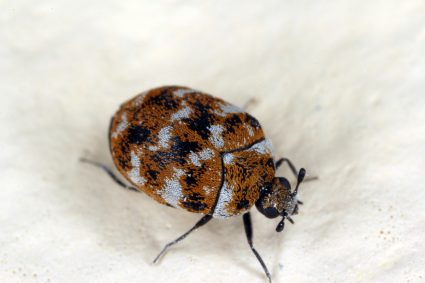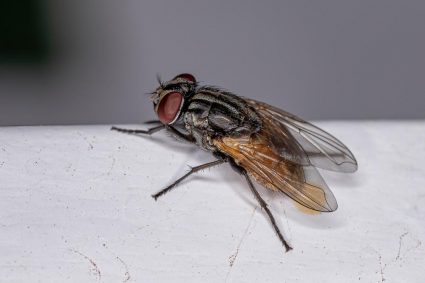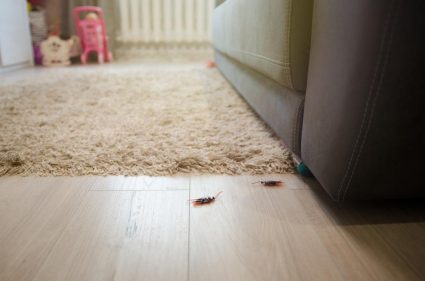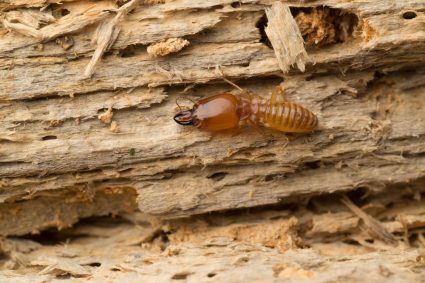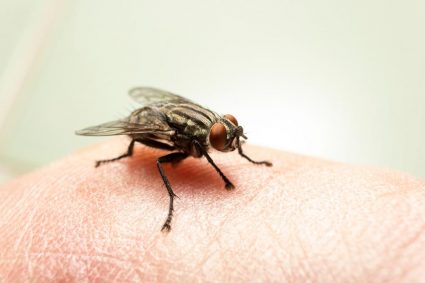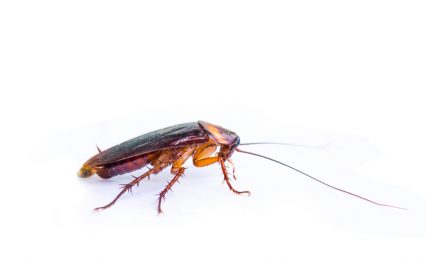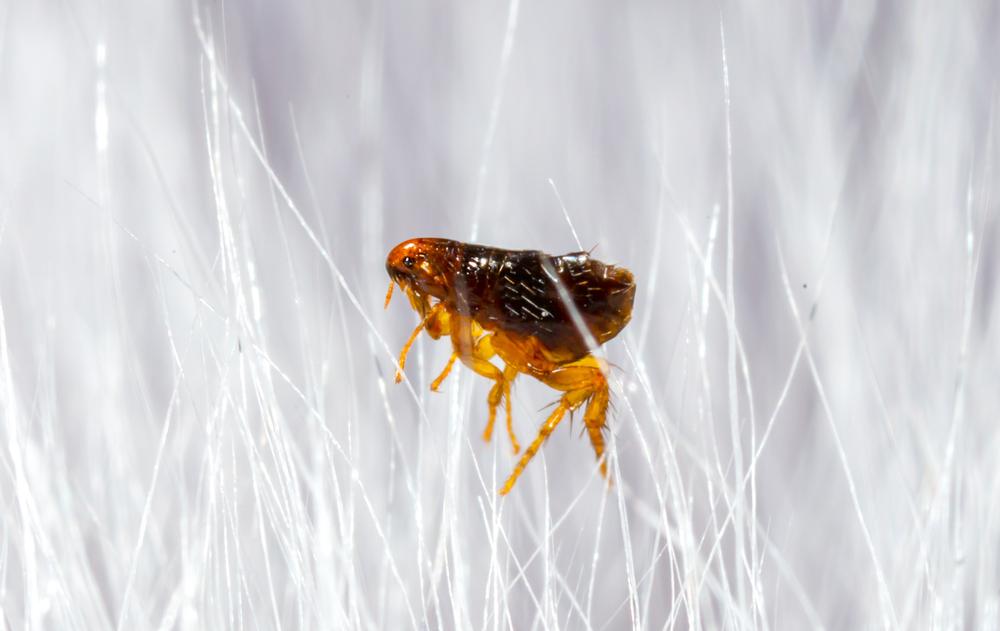
Fleas are tiny, external parasites that primarily infest the fur of birds and mammals. They are notorious for their exceptional jumping abilities and their ability to stick to their hosts. But what exactly do fleas stick to, and how do they manage to hold on? This comprehensive guide will explore the fascinating world of fleas, shedding light on how they stick to their hosts and how understanding this can aid in flea prevention and treatment.
Fleas stick to their hosts, primarily birds and mammals including dogs and cats, using specialized anatomical structures. These include a flattened body covered in tiny hairs that act like Velcro, spines around their head and mouth, and strong claws at the end of their legs. They can also attach to humans and their clothing. Flea eggs are laid directly on the host’s fur but can fall off and spread throughout the environment. Fleas prefer moist, shady, and cool places outdoors.
Understanding Fleas
Fleas are small, flightless insects that belong to the order Siphonaptera. They are typically 1.5 to 3.3 millimeters long, with a laterally compressed body that allows them to move easily through their host’s fur or feathers. Fleas are dark-colored, ranging from light to deep brown, and they are unique among insects due to their exceptional jumping abilities. Their hind legs are incredibly well-adapted for jumping, allowing them to leap vertically up to seven inches and horizontally thirteen inches. Fleas transmit various diseases, such as tapeworm larvae, murine typhus, and bubonic plague.
How Do Fleas Stick to Their Hosts?
Fleas stick to their hosts using their specialized anatomical structures. They have a flattened body covered in tiny hairs that point away from the flea’s head, which allows them to crawl through a host’s fur. If something tries to dislodge them, these backward-pointing hairs act like tiny Velcro anchors. Fleas also have spines around their head and mouth, with the number and shape varying according to the species. Their mouthparts are adapted for piercing skin and sucking blood, forming a needle-like drinking tube. Fleas’ legs end in strong claws that are adapted to grasp a host, helping them stay attached.
What Do Fleas Stick To?
Fleas primarily stick to the fur of birds and mammals, with their main hosts being dogs and cats. They locate their hosts by detecting movement, vibrations, and animal breath. Fleas can also attach to humans and their clothing, especially when walking through densely forested areas. Once they find a host, adult fleas tend to live on the back, neck, and underside regions of the animals.
Flea eggs are laid directly on the host’s fur and can fall off and spread throughout the environment, including bedding, furniture, carpeting, and even on top of appliances. Flea larvae spin cocoons to develop into pupae, and adult fleas may remain in the cocoon for up to five months before emerging to feed. Outdoors, fleas prefer moist, shady, and cool places, such as shrubs, leaves, and trees. They can also be found in tall grass and wood piles.
Misconceptions About Fleas
There are several misconceptions about fleas, including the belief that they can fly and that they live only on pets. However, the truth is that fleas are excellent jumpers, not flyers, and they can infest both pets and homes. Flea eggs are not attached to the host’s skin, fur, or feathers, contrary to popular belief. Instead, they are initially wet and sticky when laid but quickly dry and become non-adherent due to their round shape and smooth shell. Even a healthy pet can get fleas in heavily infested regions, and keeping a house clean will not necessarily prevent fleas, as they can enter the house on pets, clothing, or by jumping in on their own.
Flea Prevention and Treatment
Understanding how fleas stick to their hosts can aid in flea prevention and treatment. Prevention methods currently available include topical treatments, oral medications, and flea collars. These products can kill adult fleas quickly, preventing them from reproducing and depositing eggs into the home environment. Maintaining pets on a preventive treatment can help avoid future infestations.
Environmental control is also essential in flea prevention and treatment. Regular vacuuming can help remove flea eggs, larvae, and adult fleas from carpets and rugs. Treating the home with insecticides and maintaining a clean yard can also help prevent flea infestations.
In conclusion, understanding what fleas stick to and their habits can help in effectively controlling and preventing infestations. Fleas are not just annoying pests; they can also transmit diseases and cause allergic reactions. Therefore, it’s crucial to take steps to protect your pets and home from these tiny parasites.
Frequently Asked Questions
What are the signs of a flea infestation?
The signs of a flea infestation include excessive scratching, licking, or biting at the skin by your pets. You may also notice red bumps or rashes on your pet’s skin or your own. In severe cases, pets may experience hair loss or anemia. Fine black droppings or white specks (which are flea eggs) in your pet’s fur are also indicators of a flea infestation.
How long does a flea’s lifecycle last?
A flea’s lifecycle can last anywhere from a couple of weeks to several months, depending on the environmental conditions. It consists of four stages: egg, larva, pupa, and adult. The entire cycle can be as short as two weeks or as long as two years.
Can fleas survive in cold weather?
Yes, fleas can survive in cold weather. However, they prefer warm, humid environments. Flea larvae may die if exposed to freezing temperatures for an extended period, but adult fleas and pupae are more resilient and can survive in a dormant state until conditions improve.
Can fleas infest humans like they do pets?
While fleas can bite humans, they prefer to feed on furry animals. The lack of hair on humans makes it difficult for fleas to stay attached. However, humans can still be bitten, especially in heavily infested homes or yards.
Are all fleas the same species?
No, there are over 2,000 known species and subspecies of fleas. However, the most common species that infests pets and homes is the cat flea (Ctenocephalides felis), despite its name, it can infest both cats and dogs.

